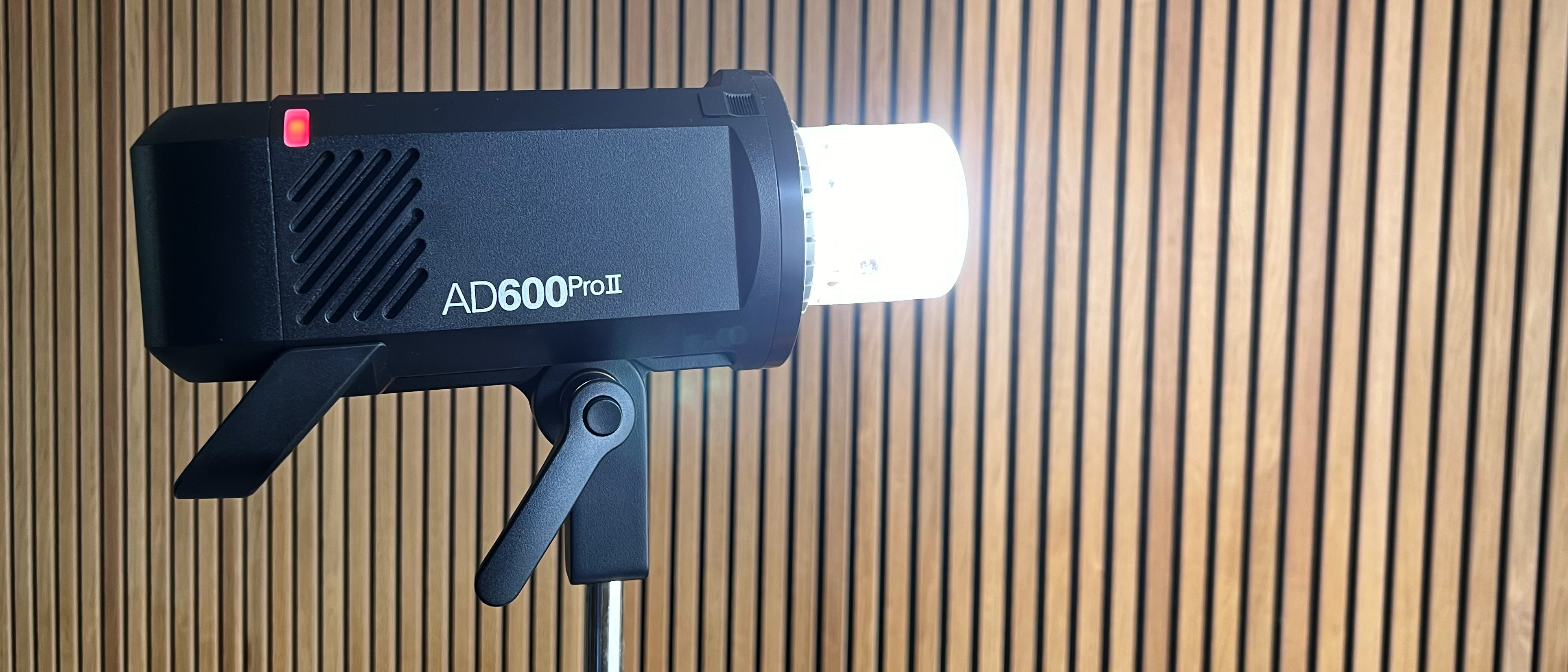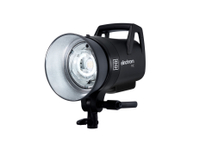Digital Camera World Verdict
The Godox AD600Pro II improves on its predecessor in regard to performance and usability, and the highlight for me has to be the improved bi-color modeling lamp. A stripped-back interface provides an easy-to-use menu system, however the build quality does seem to be a tad clunkier than the previous model. The price is what makes Godox a real contender in this area of the lighting market, and the Godox AD600 Pro II is great value for money when you compare it to its competitors.
Pros
- +
Powerful Output
- +
Bright Bi-color Modeling Light
- +
Great Light Quality
- +
Great value for money
Cons
- -
Need X3 trigger to get the most out of it
- -
Lacking new design features
Why you can trust Digital Camera World
The Godox AD600Pro II is an off-camera flash aimed at photographers who want the quality and power of studio lighting with the portability of a Speedlight. Situated between the best flashguns and the best studio lighting kits, the Godox AD600Pro II provides users with a versatile light that is just as at home in the studio as it is out in the field.
For the best part of a decade, Godox, or as it's alternatively known in some markets – Flashpoint – has been delivering high-performance lighting options without the premium price tag, and with each new offering, it pushes the boundaries further. Its lower price has provided a fantastic entry point for new photographers starting their journey with off-camera flash, and this light continues that sentiment.
The Godox AD600Pro II builds on the success of the Mark I, a strobe that I have personally had a great experience using, building a successful portrait and fashion photography practice on the back of it. Starting out almost a decade ago, I used the AD600Pro to cut my teeth in the industry, using it to experiment with lighting techniques both in the studio and on location. It helped elevate my images – its light quality, versatility, and portability being its most stand-out features, and the new model continues in this same vein with a few added extras.

The AD600Pro II sits second to the top of Godox's AD lineup of strobes, just behind the AD1200 Pro. The lineup includes the Godox AD100 Pro, AD200 Pro, AD300 Pro, and AD400 Pro, each named after the amount of output (Ws) each light provides, and each ideal for different scenarios.
The AD600 Pro II is aimed at photographers looking for a powerful lighting option either in the studio or on location. 600Ws is more than enough to overpower the brightest summer day sun and provides enough power to be a mainstay in a studio. I have used this light as part of a portable photography studio, often taking two with a backdrop and some modifiers to photograph headshots, fashion campaigns, and environmental portraits.
Being very familiar with the original AD600 Pro, I was very keen to test out this light with the hope of some modern design elements that can help compete with leading lighting brands Profoto and Elinchrom.
Godox AD600Pro II: Specifications
| Output | 600 Ws |
| Flash modes | Manual, Multi, Freeze mode, HSS, TTL |
| Number of flashes | 370 on full power |
| Weight | 3kg (With Battery) |
| Dimensions | 250mm x 245mm x 125mm (With Battery) |
| Recycling time | 0.01s - 0.9s |
| Input | USB-C |
| Battery | A removable 28.8v/2600mAh Lithium-ion Battery |
| Bluetooth | Yes |
| Groups | 16 |
| Modelling light | 40W bi-color continuous LED light, |
| LED modes | On/Off, free, proportional |
| LED color temperature | Presets from 2700 K to 6500 K |
| Power range | 1/1, 1/512 |
| Fan cooled | Yes |
| Accessory mount | Bowens |
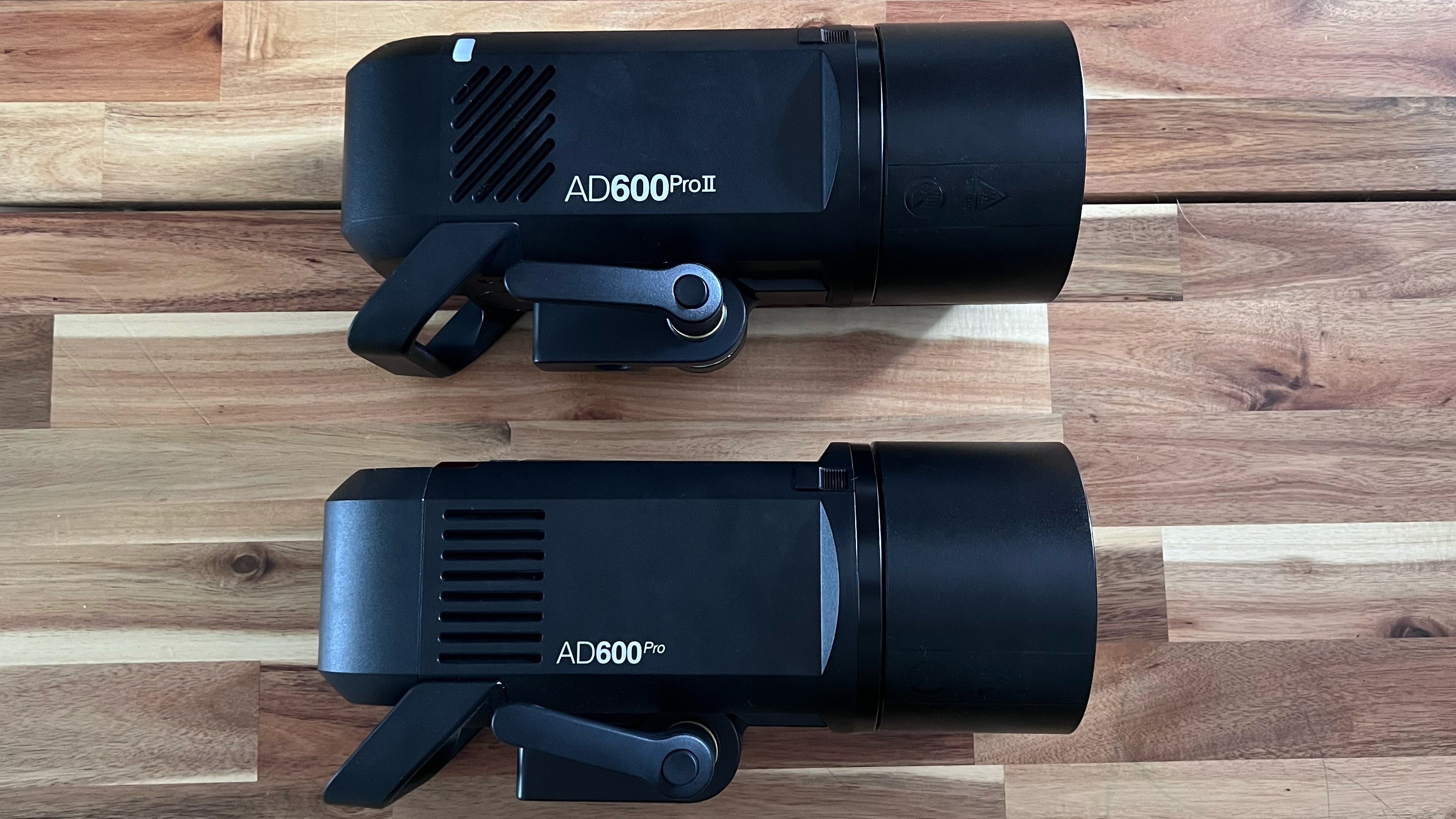
Godox AD600Pro II: Price & Availability
Godox lights are extremely good value for money, offering similar output to some of the best strobes on the market at a fraction of the price and the AD600 Pro II is no different.
Available now to preorder the Godox AD600 Pro II / Flashpoint XPLOR 600PRO II will release in December 2024, and be available for $899 / £749 / AU $1400.
For a portable studio light with this output and features it comes in at an extremely attractive price, and in my opinion, makes it one of the best value-for-money studio strobes on the market.
The low price point does not equal low quality however, as you will see in this review the light quality and power output hold up among its more expensive competitors.
Compared to the Elinchrom FIVE, which has an output of 500Ws, it is almost half the price. Granted you aren't getting the sleek Elinchrom design and user experience, but for half the price, you'd be willing to sacrifice a few design perks.
Godox AD600 Pro II: Design & Handling
The Godox AD600Pro II is almost identical to the Godox AD600Pro, in size, weight, layout, and construction. Weighing in at around 3kg, it isn't the most lightweight strobe on the market, but when you factor in the output power and the price, it makes up for being slightly heavier.
The battery is replaceable and slots onto the back of the light with ease. The new smart charging from Godox makes for a fast recharge time which is easily monitored with an on-battery display. A full charge will enable approximately 370 shots on full power, more than enough for a day on set. However, if you do require more power, a separate AC adapter attachment can enable the AD600 Pro II to use a stable AC power source – vital for using the AD600 Pro II primarily for studio work.
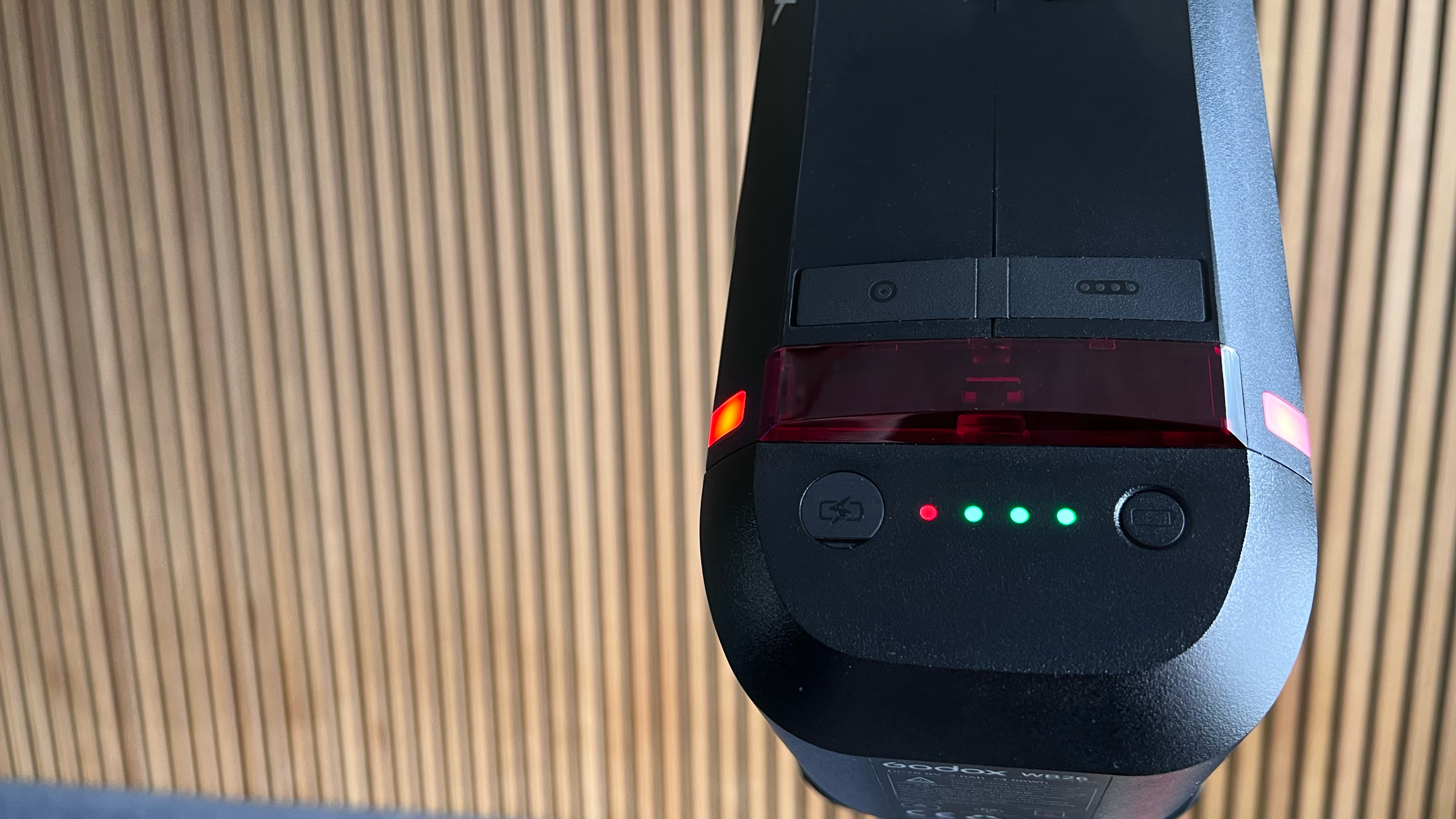
Godox has changed the LCD screen, adding color and a more intuitive stripped-back menu system. With fewer buttons than its predecessor, it is easy to navigate the menus and alter settings such as mode types, modeling lamp modes, and connection settings.
After using some of the recent mono-lights from Elinchrom and Profoto, it was slightly disappointing not to get a touch screen. This is most likely due to the lower price tag, but perhaps Godox has missed a trick here as it does have touchscreen tech on its Lux Master light.
Having mentioned the competitors, Godox's design does feel a little behind the times regarding build quality and aesthetics. Taking the Elinchrom THREE as an example, although it has a smaller wattage light, the design is much more sleek and modern, making the Godox AD600Pro II seem a tad on the clunky side – but with the low price point, cuts have to be made somewhere.
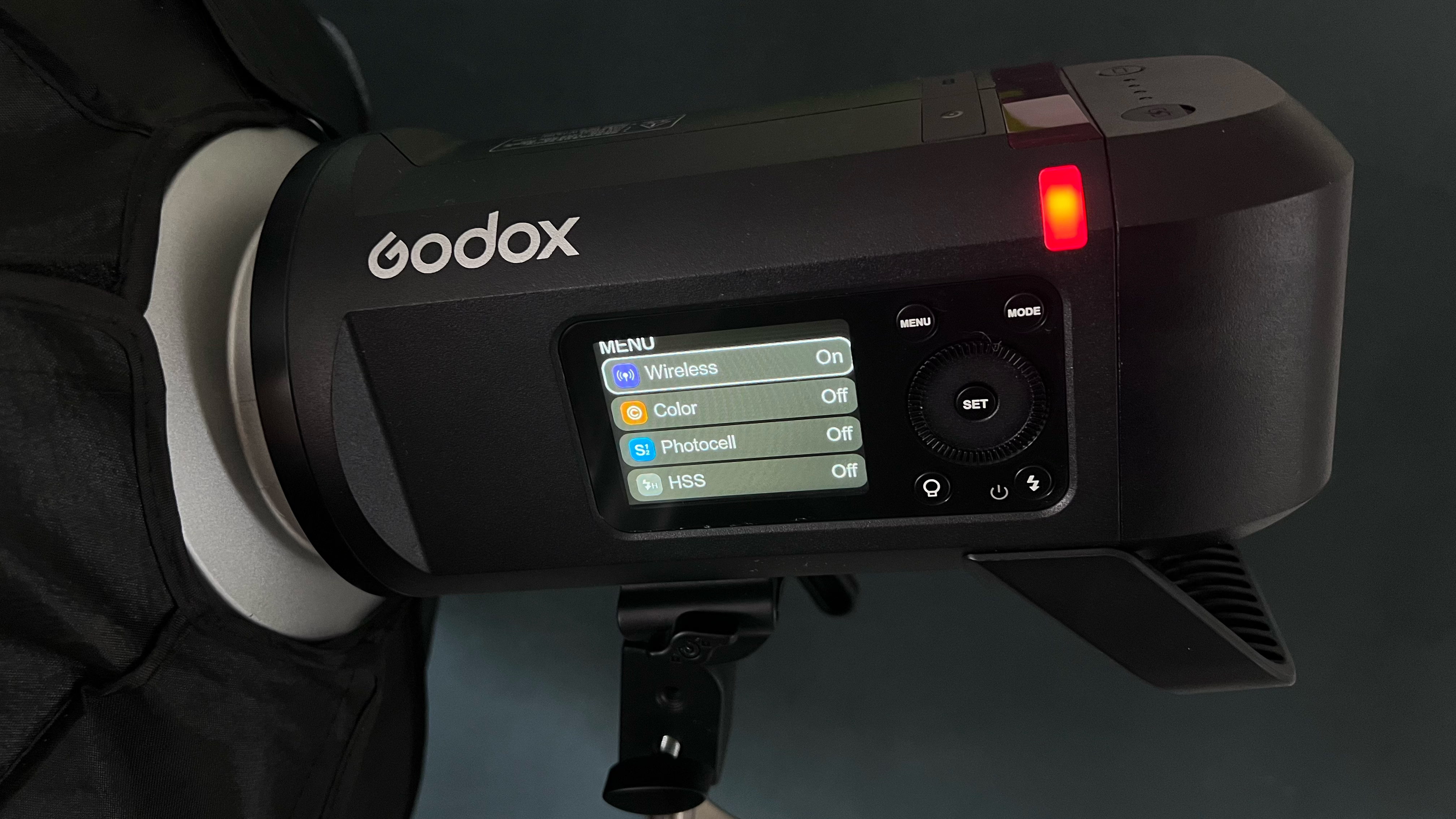
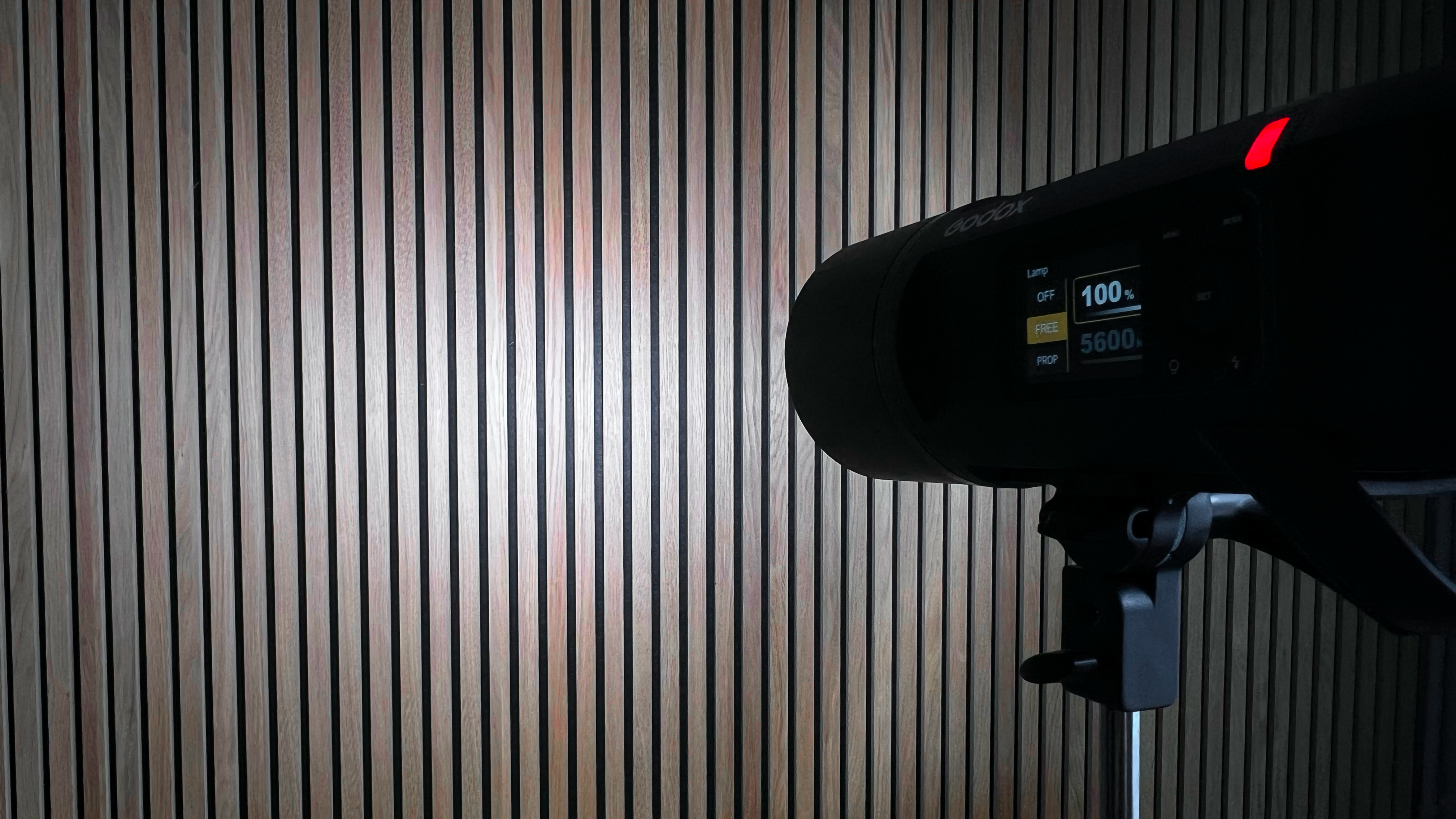
Godox AD600Pro II: Photo Performance

Setting up the Godox AD600Pro II was intuitive and straightforward, and once the battery was attached it was a case of turning it on and rotating the dial to unlock the menu.
A new addition to the Godox AD600Pro II is the 'One-Tap Sync' feature that instantly connects the light with the new Godox X3 Trigger. Unfortunately, I did not have an X3 trigger available to test out this feature, however, although not quite 'one tap', connecting to the XPro II trigger was simple. I chose the corresponding group and channel and the light was good to go.
I did however run into a small issue that I put down to not having the X3 trigger. When using the light with the Godox XPro II trigger I could only utilize TTL and Multi modes. Nothing I did seem to enable Manual mode, the mode I am most familiar with. I instead opted for TTL which allowed me to fine-tune the exposure with compensation.
I set up the AD600 Pro II with an 80cm Godox Octabox (pictured below) on a C-stand and enlisted the help of my young daughter to get some sample images. It must be stated that sample images taken with strobes like this have more to do with understanding lighting rather than it being down to a specific light. The sample images included in this review could have been taken as easily with a smaller wattage light.
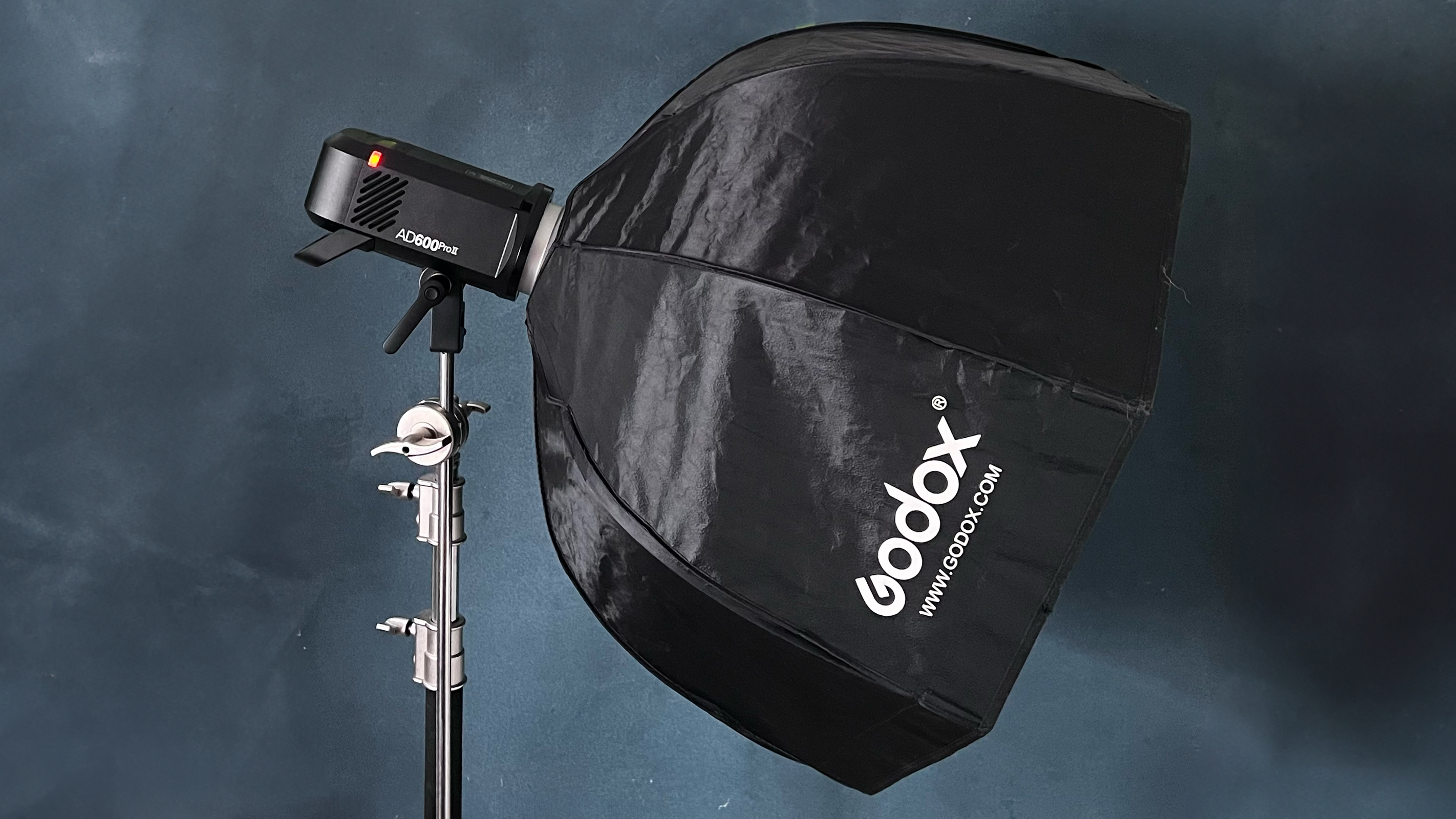
Having set up a makeshift studio in my home in South Wales, UK, there was stereotypically very little natural light available. This meant utilizing the modeling lamp, which has been upgraded in this new model.
The 40W Bi-color Modeling light was a lifesaver and gave me more than enough light to catch focus in the dark room, and the ability to change the color temperature gave me a better idea of how the light would affect the scene.
As I started shooting I was extremely impressed with the recycle time, which is a noticeable improvement on the earlier model – a much-needed feature when photographing a young child that didn't want to keep still!
The results were exactly what I expected from the AD600 line and produced consistent color / tone rendering when used in combination with my Fujifilm GFX 50S II.

Godox AD600Pro II: Sample Images
These images were taken in my makeshift home studio against a painted canvas backdrop. With the help of my daughter, we captured some one-light studio shots with the Godox AD600 Pro II placed to the camera's right, on top of a C-stand angled at approximately 45 degrees.
I used a Godox Octabox to feather a soft light onto the subject's face using the shadows to create mood. The light produced the dramatic lighting I was after and showcased further its versatility.
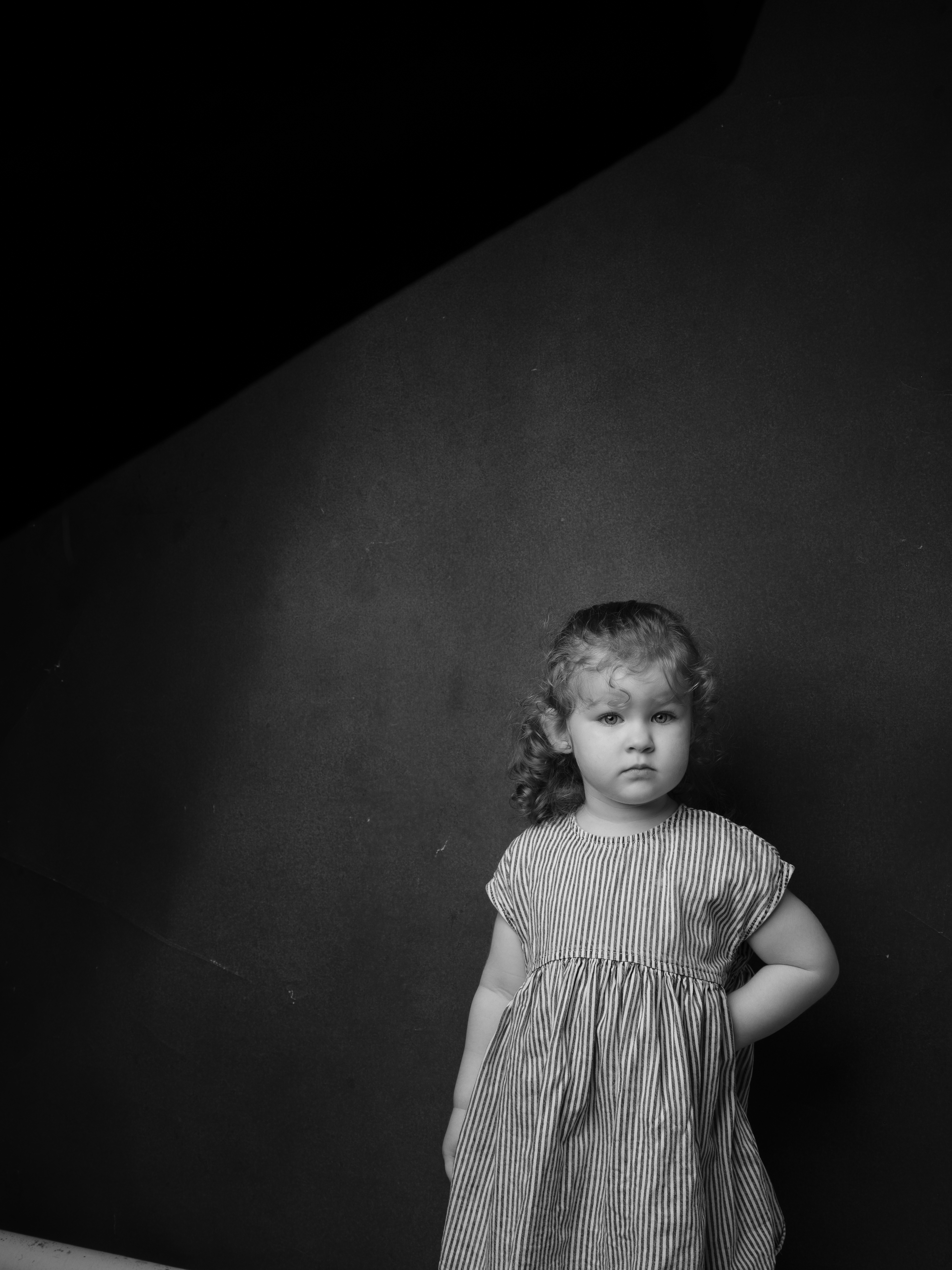
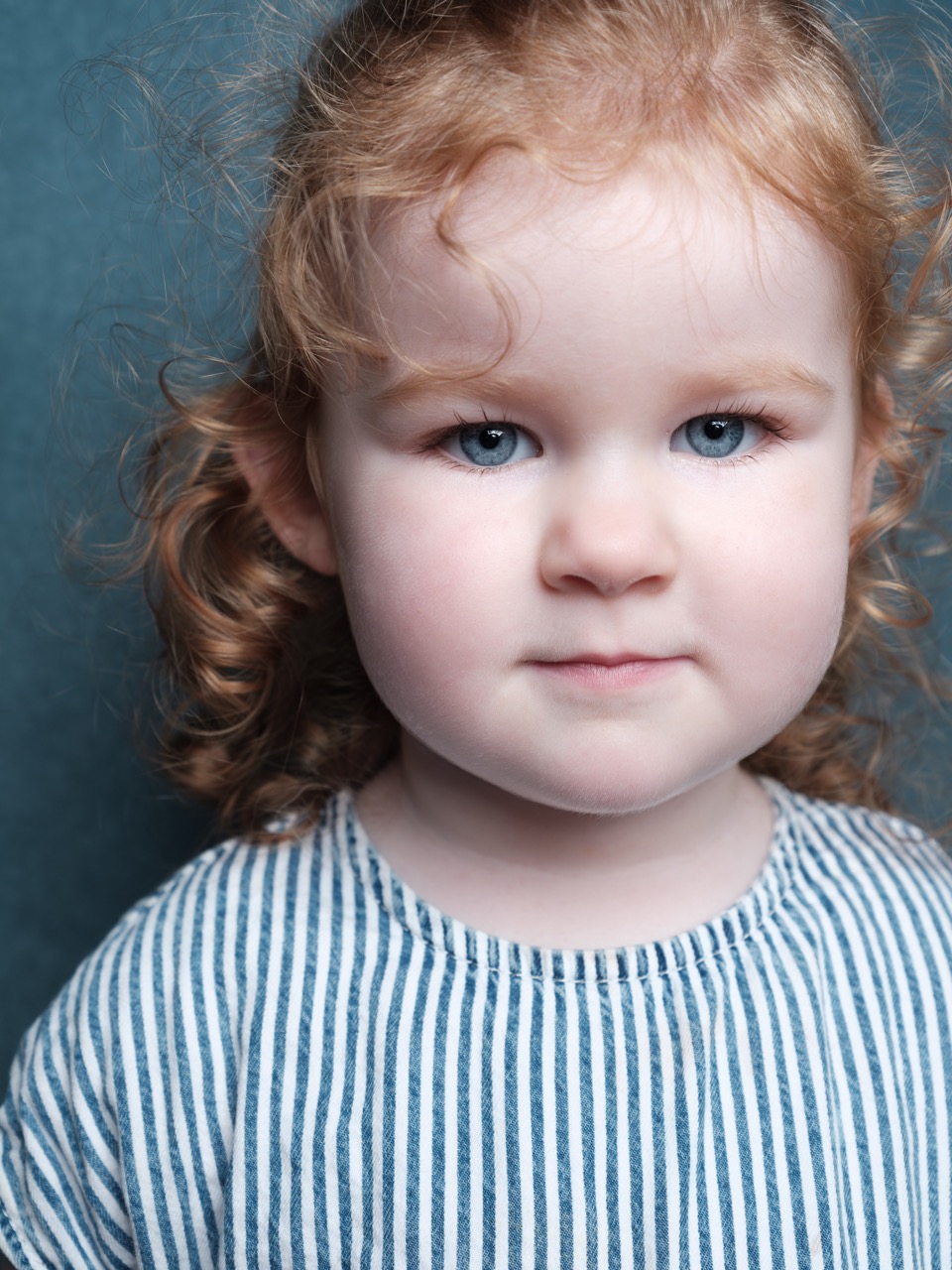

Godox AD600Pro II: Verdict
Having used the Godox AD600 Pro for many years, I was excited to get my hands on the updated model. After 6 years, it was due for an upgrade, and with Godox developing new LED continuous lighting and introducing new tech into its smaller flashes I thought we might see an entirely new light. Instead, it's very difficult to distinguish the differences between the AD600 Pro and AD600 Pro II, especially without using the X3 trigger.
I understand the 'if it's not broken don't fix it' approach, and despite the lack of a new design, the AD600 Pro II is very capable of creating beautiful light, and goes beyond being an enthusiast's tool to professional equipment.
One noticeable feature is the LED modeling light. This has improved significantly on its predecessor and enabled me to capture focus when using the lights in a dark room. In addition, the recycling time has also improved, with only one missed shot throughout my time using the light.
It is very hard to pick flaws in a product when the final result still enables you to capture your vision and the price point of this light compared to its alternatives provides it a lot of leniency – I would absolutely use the AD600 Pro II on future shoots.
This being said, I believe to get the full potential from the light, it needs to be used in combination with the new Godox X3 trigger – now on the top of my shopping list!
| Features | HSS worked well | ★★★★☆ |
| Design | Intuitive menu | ★★★★☆ |
| Performance | Captured everything I wanted with consistent color and exposure | ★★★★★ |
| Value | Godox is always incredibly good value for money and this light is no different | ★★★★★ |
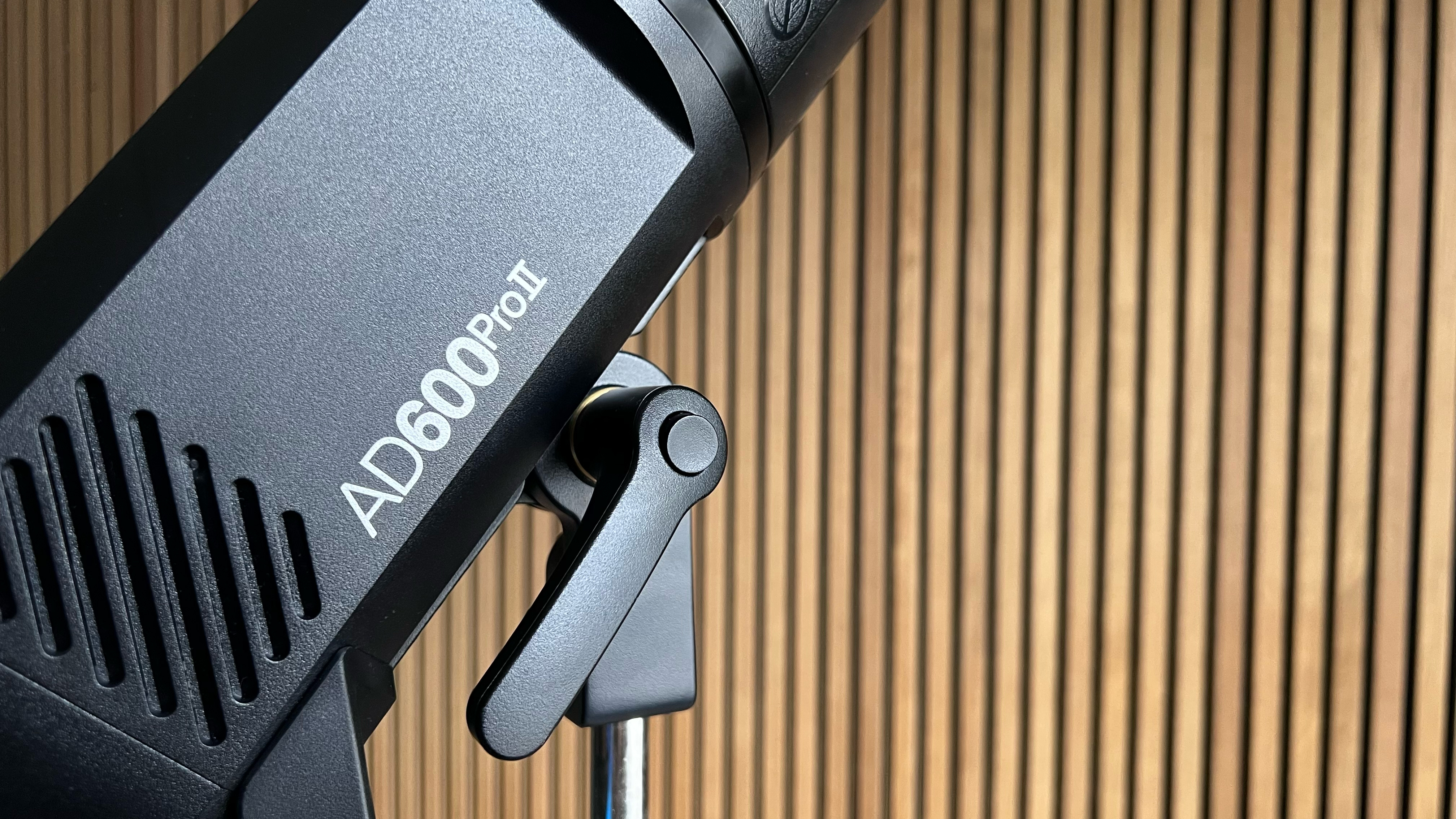
✅ Buy this if...
- You want a portable studio power strobe
- Need an upgrade to a speedlight
- You shoot a lot on location
🚫 Don't buy this if...
- Want a lightweight strobe
Alternatives
The Elinchrom FIVE is the older sibling, offering a whopping 522W power output, providing consistently high-quality light. Unlike the ONE and the THREE, although battery-operated, it is external rather than integrated. This does mean that the overall size of the unit is larger, but it also means that batteries can be swapped to keep it shooting all night long
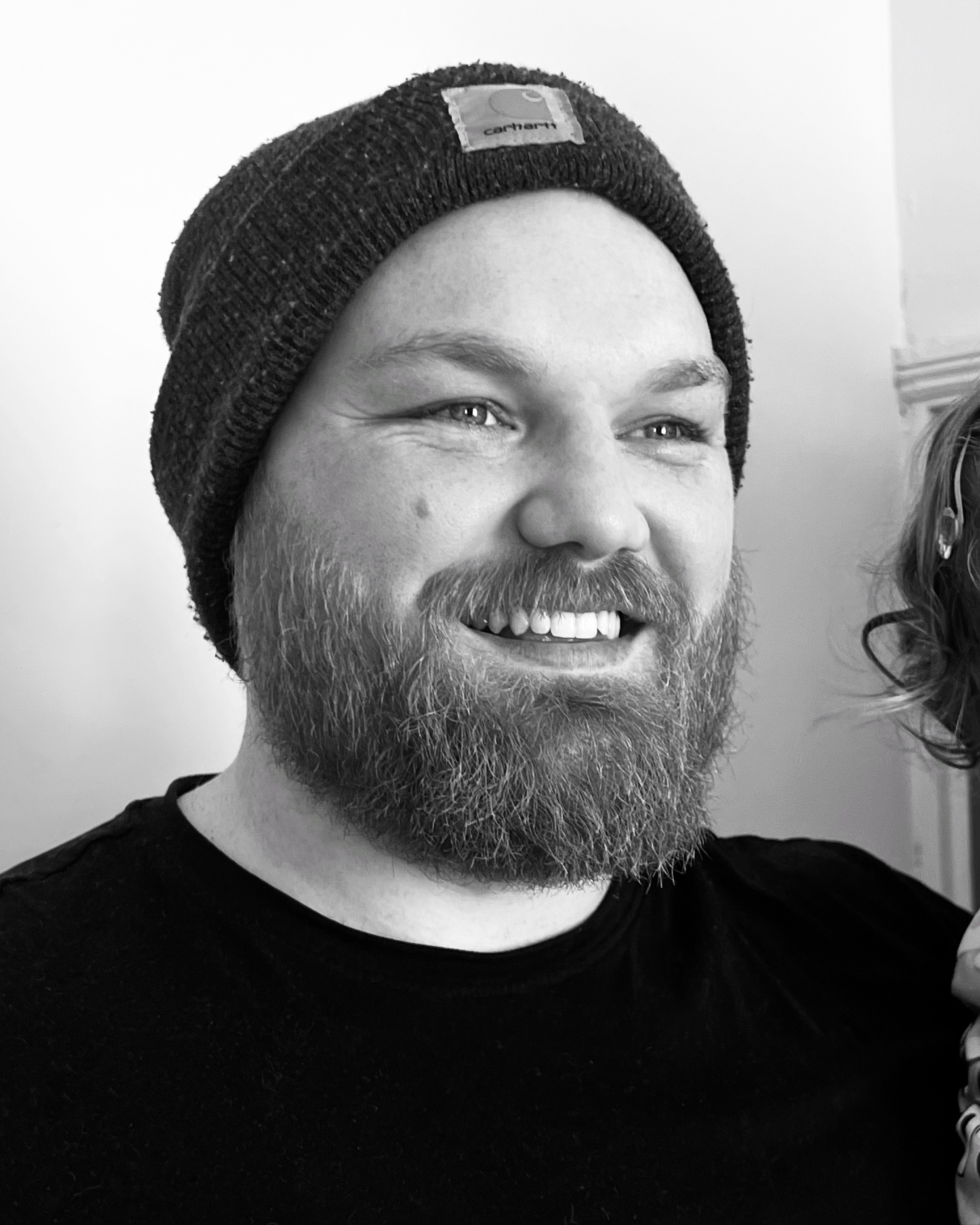
Kalum is a professional photographer with over a decade of experience, also working as a photo editor and photography writer. Specializing in photography and art books, Kalum has a keen interest in the stories behind the images and often interviews contemporary photographers to gain insights into their practices. With a deep passion for both contemporary and classic photography, Kalum brings this love of the medium to all aspects of his work.
